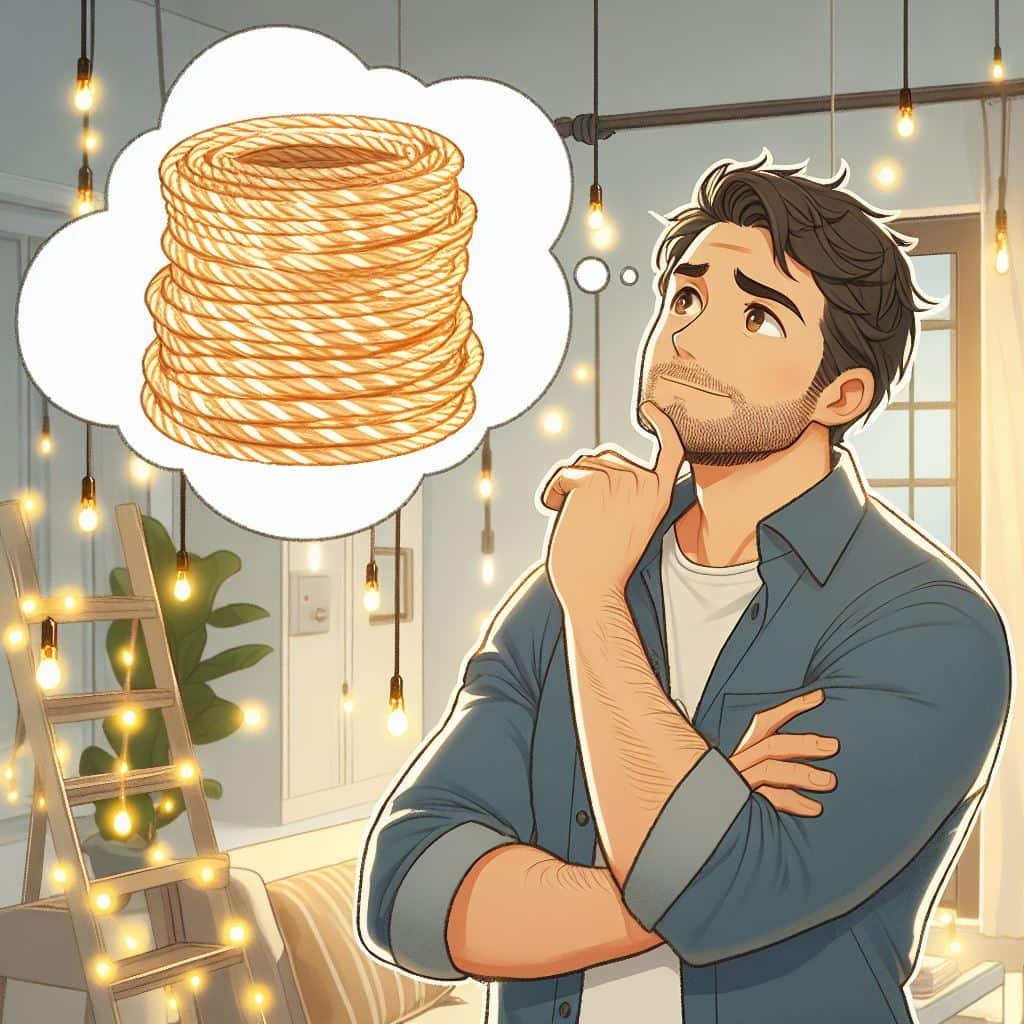Rope lights have become a popular way to add a bit of style and warmth to living rooms in the world of interior design and setting the mood. These lights have become popular among people who want to improve their homes because they are flexible, use little energy, and can be used in many ways. But even though looks and usefulness are appealing, the question of safety often comes up: Are rope lights really safe to use inside?
To fully answer this question, it’s important to look into the design, materials, placement, and use instructions for rope lights. By knowing these things, people can make smart choices about whether or not they are suitable for indoor use.
Understanding Rope Lights
Rope lights, which are also called LED strip lights or tape lights, are made up of many small LED bulbs that are enclosed in clear, flexible PVC tubes. Because they are made in a way that makes them easy to bend and shape, they are great for drawing attention to building features, decorating, or giving different rooms in the house a soft glow.
Building Materials and Methods
The quality of the materials used to make rope lights is one of the most important safety factors. High-quality rope lights usually have LEDs that don’t make a lot of heat, which lowers the risk of fire. To make sure it lasts a long time and is safe, the PVC tubing should also be strong, immune to UV light, and not catch fire.
Safety with electricity
For rope lights to work safely inside, they need to have the right electrical protection and parts. To lower the risk of electrical crashes and damage to the lights, good rope lights should come with built-in safeguards like surge protection, overload protection, and short-circuit protection.
Instructions for Installation
The way rope lights are set up has a big effect on how safe they are inside. To avoid possible dangers, it is important to follow the manufacturer’s instructions and best practices. It’s best not to overload electrical circuits, make sure there’s enough air flow to get rid of heat, and make sure the lights are properly secured to avoid tripping hazards or damage by mistake.
Thoughts on the Environment
Temperatures, humidity levels, and the amount of dust and wetness that can enter an indoor space are all different. It’s important to choose rope lights that are made to be used indoors and can handle the situations where they will be used. In places that get wet a lot, like bathrooms and kitchens, you might need rope lights that are waterproof or resistant to wetness.
How to Use and Maintain
Rope lights need to be checked and fixed on a regular basis to make sure they stay safe and work well. This means keeping the lights clean, looking for signs of damage or wear, and fixing any problems right away, like flickering or burning. Users should also not change the lights or use them in ways that aren’t suggested by the maker.
Advantages of safe lighting inside
When used properly, rope lights have many uses besides looking nice. By lighting up dark areas or drawing attention to possible dangers, they can improve sight, set the mood, and make things safer overall. Energy-efficient LED rope lights also use less power than other types of lighting, which saves money and is better for the environment.
Conclusion
In conclusion, rope lights can be a safe and effective way to light up an indoor area if they are chosen, set up, and taken care of properly. By putting safety first, following safety rules, and being careful, residents can enjoy the looks and usefulness of rope lights without putting their safety at risk. Whether they are used for accent lighting, job lighting, or general lighting, rope lights can change the look of indoor spaces and give people peace of mind.






Leave a comment
You must be logged in to post a comment.